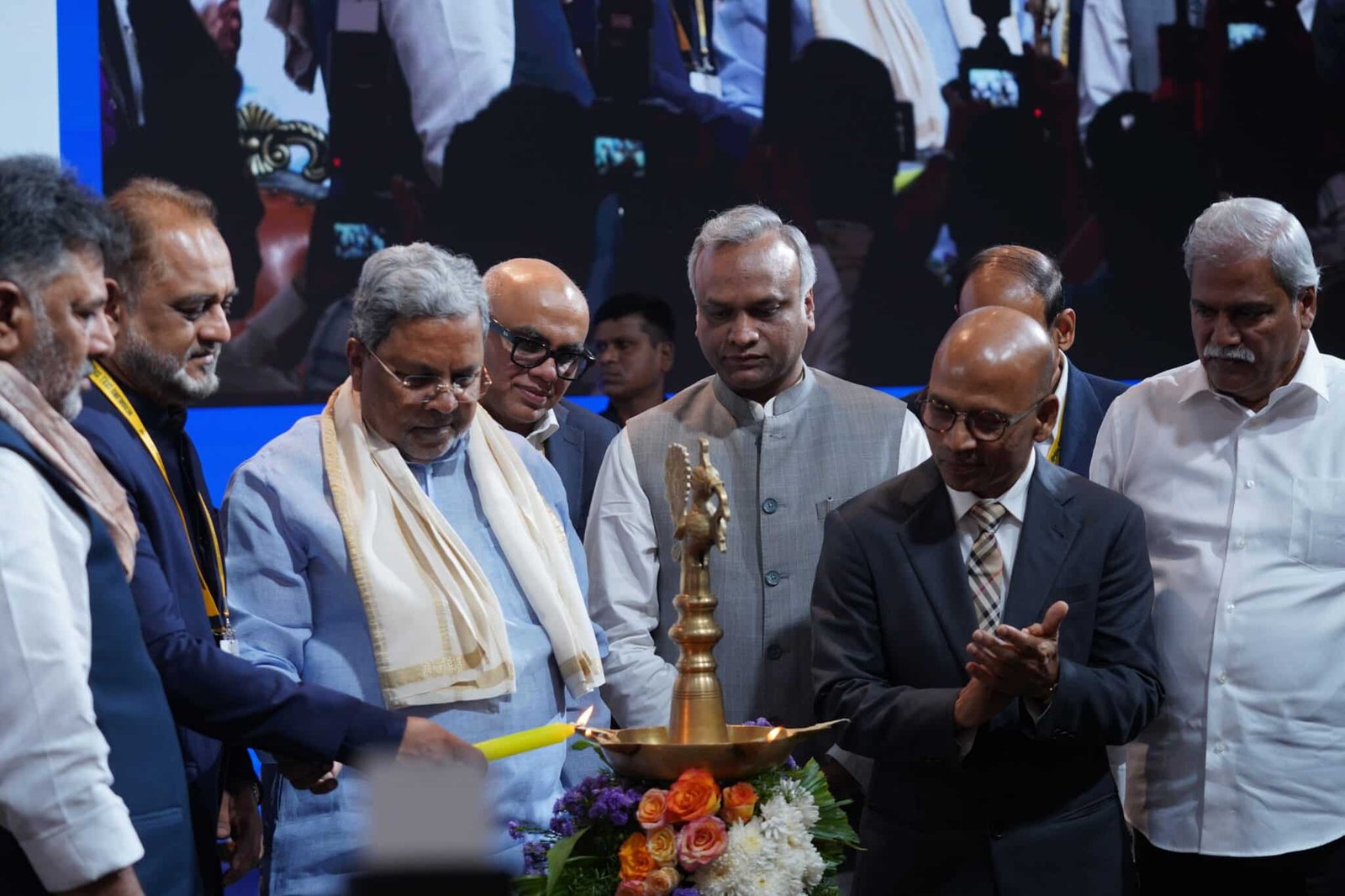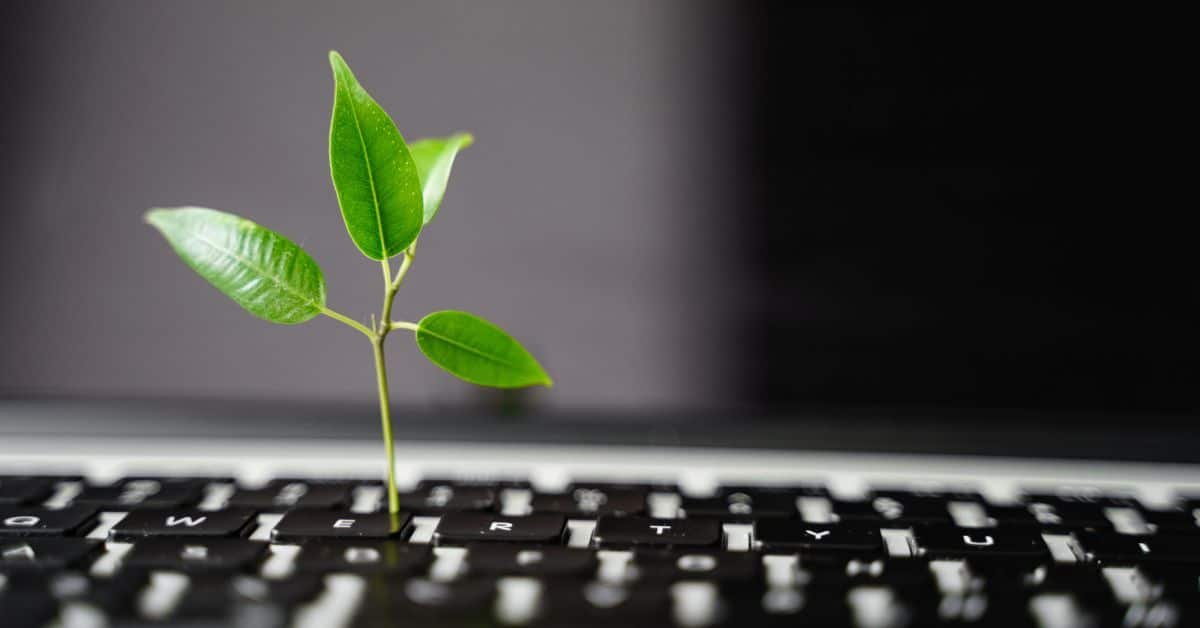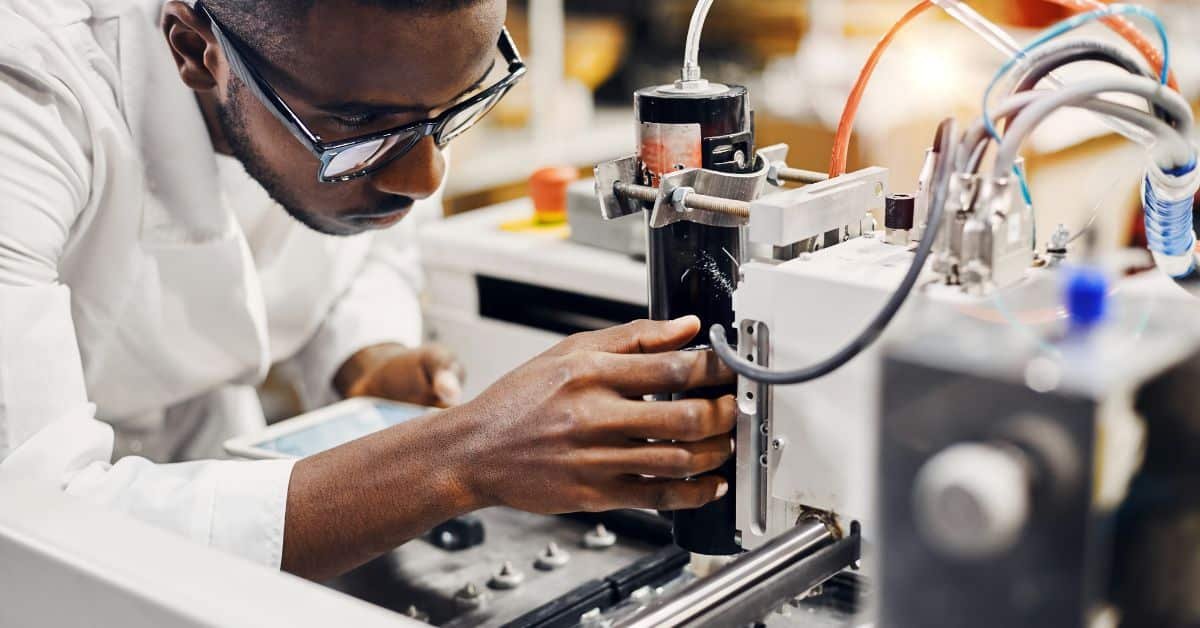Remote patient monitoring (RPM) is a rapidly growing field that has the potential to revolutionize healthcare. It involves the use of technology to monitor patients’ health status from a remote location. We will explore what remote patient monitoring is, how it works, its benefits, and its future in healthcare.
Introduction
Remote patient monitoring is a new technology-enabled healthcare delivery method that has emerged due to the increasing prevalence of chronic diseases and an aging population. It allows patients to receive care in the comfort of their own homes while still being closely monitored by healthcare professionals.
What is Remote Patient Monitoring?
Remote patient monitoring involves the use of technology to monitor patients’ health status from a remote location. This technology can range from wearable devices that track vital signs to telehealth platforms that allow for virtual consultations with healthcare professionals. The data collected from these devices is transmitted to healthcare professionals in real-time, allowing for timely intervention if needed.
What Is the Process of Remote Patient Monitoring?
Technology is used to gather and communicate patient data to healthcare providers in order for remote patient monitoring to function. Vital indications like heart rate, blood pressure, and oxygen saturation may be included in this information, along with other health indicators like weight and blood sugar levels. Healthcare practitioners receive this data in real-time so they can utilise it to decide how best to treat patients.
Remote patient monitoring advantages
For patients, medical staff, and healthcare systems alike, remote patient monitoring has several advantages. When they can receive care in the convenience of their own homes, patients can benefit from more convenient and individualised care. Healthcare workers may now monitor patients’ health state in real-time and take appropriate action if necessary, leading to more efficient and effective treatment for patients. By decreasing the need for hospital stays and ER visits, it can help healthcare organisations save money.
Remote patient monitoring in the future
Remote patient monitoring has a promising future ahead of it, with a wide range of potential uses. The creation of more sophisticated wearable technology that can track a larger range of health markers is one area of focus. The creation of machine learning and artificial intelligence algorithms that can view patient data and except unfavourable health outcomes is another area of focus.

I am the Senior Editor at CIO TechWorld. With over a decade of experience in the media and publishing industry, I specialize in research and collaborate with technology companies to bring their stories to life. Explore my articles on CIO TechWorld, where I offer unique perspectives on technology topics.









